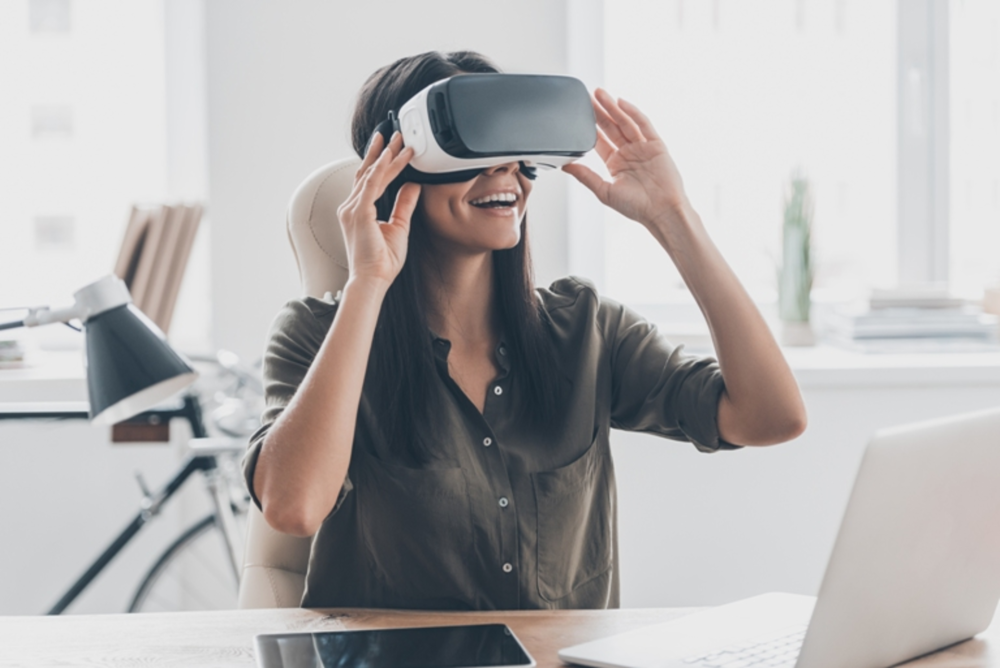With every brand vying for people’s attention, messages on a screen no longer stand out. That’s why some brands are turning to augmented reality, and the possibilities opened up by holograms of famous personalities. Augmented Reality hologram company, VNTANA, has been used by brands like Microsoft, Mercedes-Benz and Pepsi to engage and collect data on potential customers.
We spoke with Ashley Crowder, VNTANA’s CEO and Co-Founder about how brands make themselves stand out – literally – with holograms. It’s effective for “any public face where brands trying to engage with consumers in the moment,” she said VNTANA partnered with multiple brands this year at Comic-Con 2017 to bring fans one-of-a-kind hologram experiences.
VNTANA | Roger meets Hologram Roger @ US Open from VNTANA on Vimeo.
The hologram installation featuring Roger Federer and Mercedes Benz was used for two weeks. Over the course of that time, the installation “engaged with over 8K fans who all got a video,” Crowder said. Thousands of people received “user generated content for social and unforgettable experience” that they now associate with the Mercedes brand. It can also make finding your way around more fun. The hologram could take the form of “your favorite player,” Crowder said, and help you find your seat. Commenting on the technology’s capability, Crowder said, “It is a nonwearble,” which makes it “best for tradeshow events where you want to capture people in the moment.” That makes it ideal for athletic events, but it is also now being adapted for the retail and hospitality industry.
On September 26th, VNTANA partnered with Satisfi Labs, an intelligent engagement platform, in announcing the launch of an artificial intelligence hologram concierge that can provide answers for customer questions while taking in data on them without the need for any touchscreens. The data it collects based on the queries and facial recognition effectively links eCommerce with brick and mortar to increase sales and deliver personalized advertisements. Hotels can also use holograms to enable guests to check in and to provide recommendations for attractions and dining nearby.
Crowder anticipates that malls will find that the holograms provide “more fun and engaging displays” for customers and will provide services that link the bridge between “online and offline experience.” While these holograms are linked to particular venues, the technology does have the capability to “really scale for AR/VR devices like HoloLens,” Crowder mentioned. In fact, the company plans to open up next year with more AR devices that will allow individuals to create their own content.








